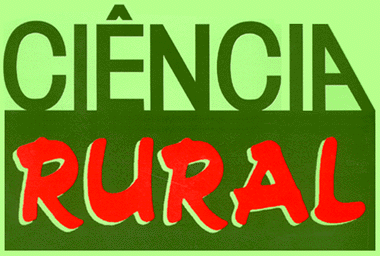Microbial control of insects is based on the rational use of pathogens to maintain environmentally balanced pest population levels, and Metarhizium anisopliae has been the most studied and most utilized fungal species for that purpose. The natural genetic variability of entomopathogenic fungi is considered one of the principal advantages of microbial insect control. The inter- and intraspecific variability and the genetic diversity and population structures of Metarhizium and other entomopathogenic fungi have been examined using ITS-RFLP, ISSR, and ISSP molecular markers. The persistence of M. anisopliae in the soil and its possible effects on the structures of resident microbial communities must be considered when selecting isolates for biological insect control.
biological control; Metarhizium anisopliae; molecular markers
